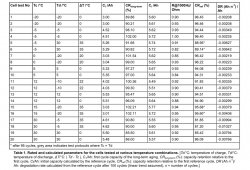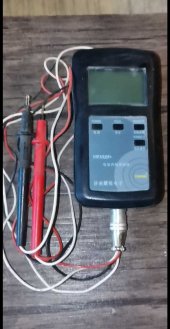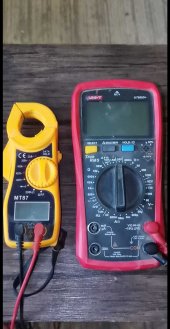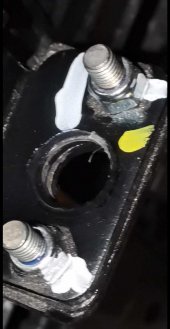curiouscarbon
Science Penguin
- Joined
- Jun 29, 2020
- Messages
- 3,022
If It it's about cooling the battery casing in tropical temperature environment....
Yes indeed, primary interest is sub-ambient charging temps. Not high-C-rate charging. (that’s secondary hehe)
Fighting elevated ambient temperatures, not self-heating from fast charge.
Basically, insulate battery compartment and regulate temperature to prevent cycle degradation… nothing too exotic ? but maybe tropical
After reading that LiFePO4 experiences more cycle degradation when charged at only 30 celsius, I began designing cell material regulator for myself..
Important to note that peltier come in different grades, similar to battery cells. 40x40mm but 3amp,6amp,9amp,15amp ratings.. inversely related to resistance, 15amp modules are 0.75-0.9ohm AC resistance when tested with cell resistance meter individually. I am using 15amp rated modules (TEC-12715) stacked. This means that individual module has lower delta T and higher efficiency. If delta T per module is <10 C and voltage per module is <3 V then efficiency can actually begin to approach R-134a refrigerant based systems
I’m anxious about having the liquid coolant near the batteries, due to possible conduction… so I would use air to take away the heat.. no high-C rate so no need for high thermal conductivity of direct contact of coolant or cooling plate maybe.. just insulate a bit.
Will document more soon.. soldered some IC today, slow brain..
Still learning about ideal charging temperature for LFP..

This is the paper I am referring to when I say 30 C degradation for charging.

General LiFePO4 Degradation vs Temperature
Concerned about your LiFePO4 batteries ♨️Overheating♨️ or ❄️Freezing❄️and losing ability to hold charge due to operating temperature? This is a research paper that carries out charging and discharging at set temperatures, and evaluating the...





